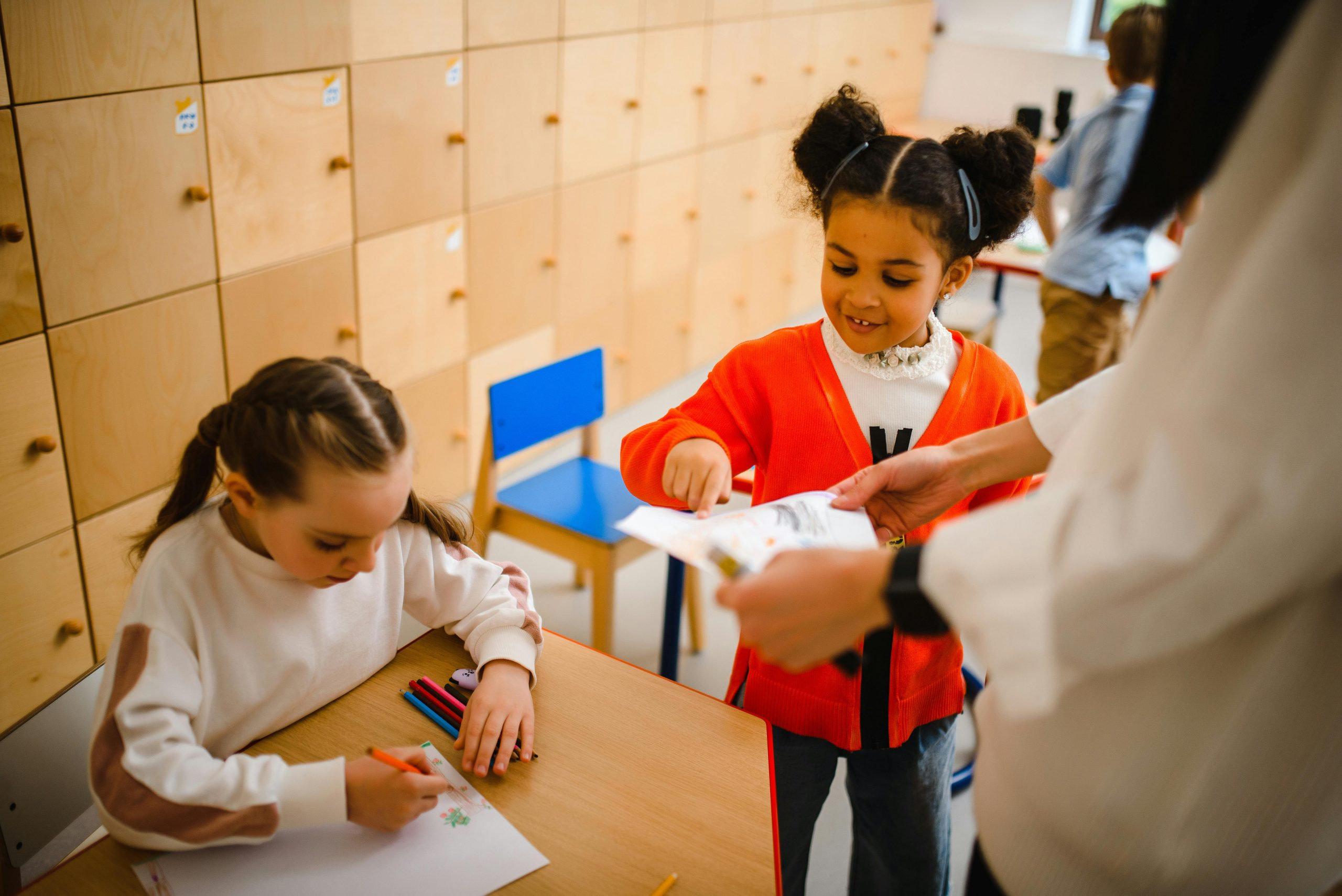The quiet art of teaching students how to think, not what to think
In today’s society, education has become more focused on feeding students information rather than nurturing critical thinking skills. Many teachers are guilty of simply telling their students what to think, rather than teaching them how to think for themselves. However, there is a growing movement towards the quiet art of teaching students how to think, not what to think. It may seem like a small distinction, but the impact is profound. Let’s delve into why this approach is crucial and how it can shape the minds of our future generations.
The Problem with Teaching “What to Think”
When we tell students what to think, we are essentially giving them answers and eliminating the need for them to think critically. This not only limits their creativity and problem-solving skills, but it also stunts their personal growth and development. Furthermore, it creates a cycle of dependence on authority figures, where students become passive participants in their own learning process.
In addition, teaching “what to think” often leads to a one-dimensional approach to a subject. Students are expected to regurgitate information rather than explore different perspectives and form their own opinions. This not only hinders their intellectual growth, but it also limits their ability to empathize and understand diverse viewpoints.
The Importance of Teaching “How to Think”
On the other hand, teaching students how to think encourages them to become active participants in their own learning. It empowers them to question, analyze, and form their own conclusions. These critical thinking skills are crucial in navigating the complexities of the real world and making informed decisions.
When students are taught how to think, they develop an open-minded approach to learning. They are encouraged to explore different perspectives, challenge preconceived notions, and think outside the box. This helps them develop a well-rounded view of the world and fosters independent thinking.
The Role of Teachers in Cultivating Critical Thinking Skills
As educators, it is our responsibility to cultivate critical thinking skills in our students. This requires a shift in teaching methods and approaches. Instead of providing all the answers, we should create a learning environment that promotes curiosity, critical thinking, and problem-solving.
Teachers can incorporate various strategies such as asking open-ended questions, encouraging discussions and debates, and giving real-life scenarios to solve. By doing so, students are challenged to think for themselves and form their own ideas and opinions.
Embracing Different Perspectives
One of the most critical aspects of teaching how to think is encouraging students to embrace diverse perspectives. This not only promotes empathy and understanding, but it also pushes students to think critically and consider different angles of a subject.
Teachers can incorporate diverse perspectives in their lessons by discussing current events, incorporating literature from different cultures, and inviting guest speakers from different backgrounds. This helps students understand that there is no one right answer and encourages them to think independently.
The Impact of Teaching “How to Think, Not What to Think”
By shifting the focus from “what to think” to “how to think,” we are setting our students up for success in all aspects of their lives. Critical thinking skills not only prepare students for higher education and future careers, but it also empowers them to become responsible and informed citizens.
Moreover, teaching students how to think fosters a love for learning and a thirst for knowledge that extends beyond the classroom. They become curious and engaged learners, eager to explore and discover new ideas and concepts.
In conclusion,
The quiet art of teaching students how to think, not what to think, is a crucial aspect of education that should not be overlooked. It nurtures critical thinking skills, encourages diversity of perspectives, and empowers students to become independent learners. As educators, it is our responsibility to shift the focus towards teaching “how to think” and create a generation of critical thinkers who will shape the future for the better.










